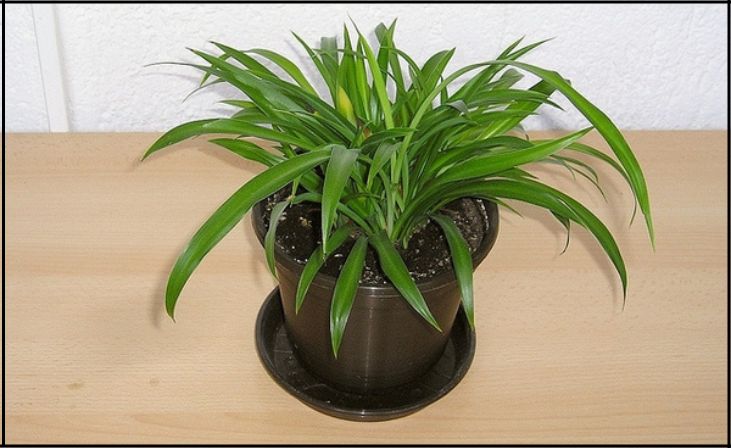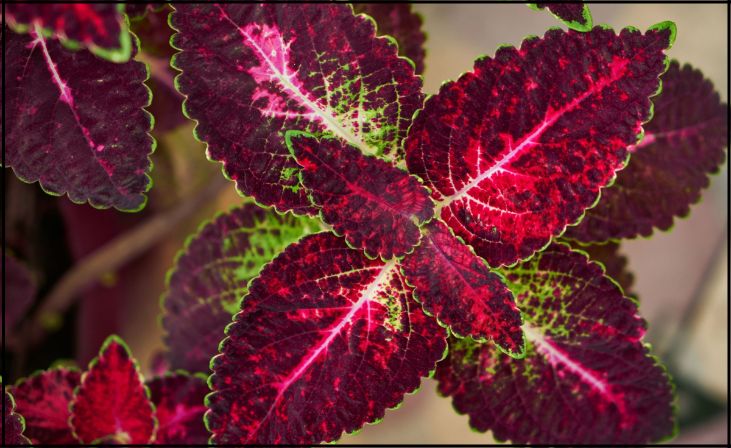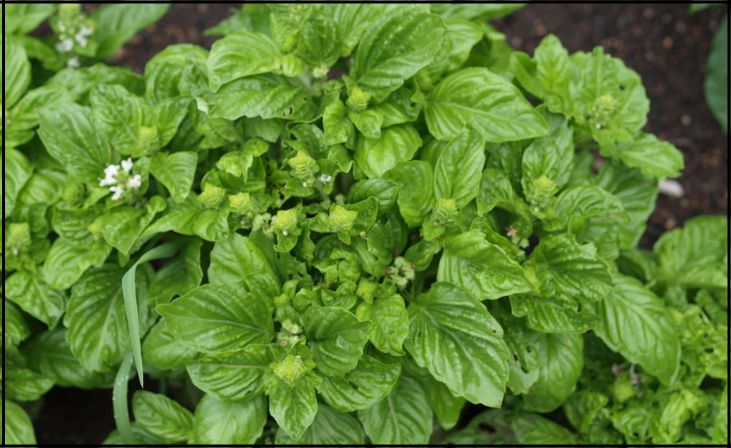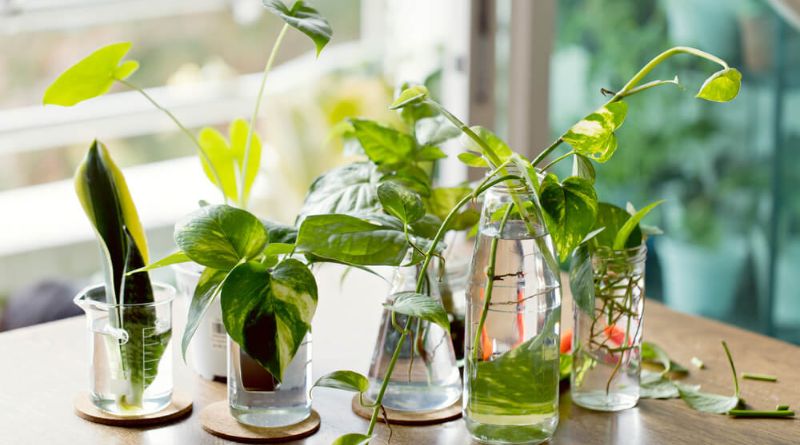Growing plants from cuttings in water is a rewarding and accessible method for propagating a variety of popular houseplants. This guide explores eight plants that thrive through water propagation, offering detailed steps for each to help both novice and experienced gardeners alike expand their indoor greenery effortlessly
1. Pothos (Epipremnum aureum)

Pothos, also known as Devil’s Ivy, is one of the easiest plants to propagate from cuttings in water. Its heart-shaped leaves and trailing vines make it a popular choice for indoor gardening. To propagate, cut a stem below a node and place it in water. Change the water every few days to prevent stagnation and within a few weeks, roots will develop, ready for potting or further growth in water.
2. Philodendron (Philodendron hederaceum)

The heartleaf philodendron is another plant that thrives when propagated in water. Its lush green leaves and rapid growth make it a favorite among houseplant enthusiasts. Simply take a cutting below a node and submerge it in a jar of water. Ensure it gets indirect sunlight and change the water weekly. Roots will start to form within a couple of weeks, allowing you to either plant it in soil or keep it in water indefinitely.
3. Spider Plant (Chlorophytum comosum)

Spider plants are known for their ease of care and their prolific production of “pups” or small offshoots. To propagate, cut off one of these pups and place it in water. It’s important to ensure that the base of the pup is submerged. Within a few weeks, you’ll see roots developing. Spider plants can thrive for a long time in water before needing to be transplanted into soil.
4. Coleus (Plectranthus scutellarioides)

Coleus plants are prized for their colorful foliage and are quite easy to propagate in water. Cut a healthy stem just below a node and place it in a glass of water. Keep it in a warm spot with indirect light. Within a couple of weeks, roots will begin to appear. Once the roots are a few inches long, you can transfer the cutting to soil or continue growing it in water.
5. Begonia (Begonia spp.)

Begonias, particularly wax begonias and rex begonias, can be propagated from cuttings in water with great success. Take a stem cutting with a few leaves attached and place it in water. Ensure that the water is changed regularly to keep it fresh. Begonias root fairly quickly, and once roots have developed, the plant can be moved to soil or kept in water as an attractive indoor plant.
6. Mint (Mentha spp.)

Mint is not only a fragrant herb but also incredibly easy to propagate in water. Take a cutting from a healthy mint plant, ensuring that it includes a few nodes. Place the cutting in a container of water, and place it on a windowsill where it can receive indirect sunlight. Change the water every few days. Mint roots quickly in water and can be transplanted to soil or kept in water to enjoy fresh mint leaves.
7. Basil (Ocimum basilicum)

Basil, a staple herb in many kitchens, can also be easily propagated in water. Cut a stem below a node and remove the leaves from the lower part of the cutting. Place it in a jar of water and position it in a sunny spot. Within a week or two, you’ll see roots starting to form. Once the roots are a few inches long, you can plant the basil in soil or continue growing it in water for a fresh supply of leaves.
8. African Violet (Saintpaulia spp.)

African violets are popular for their beautiful flowers and can be propagated from leaf cuttings in water. Take a healthy leaf with a short stem and place it in water, ensuring the leaf does not touch the water. Place it in a bright, indirect light spot and change the water regularly. After a few weeks, small roots will start to develop. Eventually, you can transfer the rooted leaf to soil to grow a new African violet plant.
